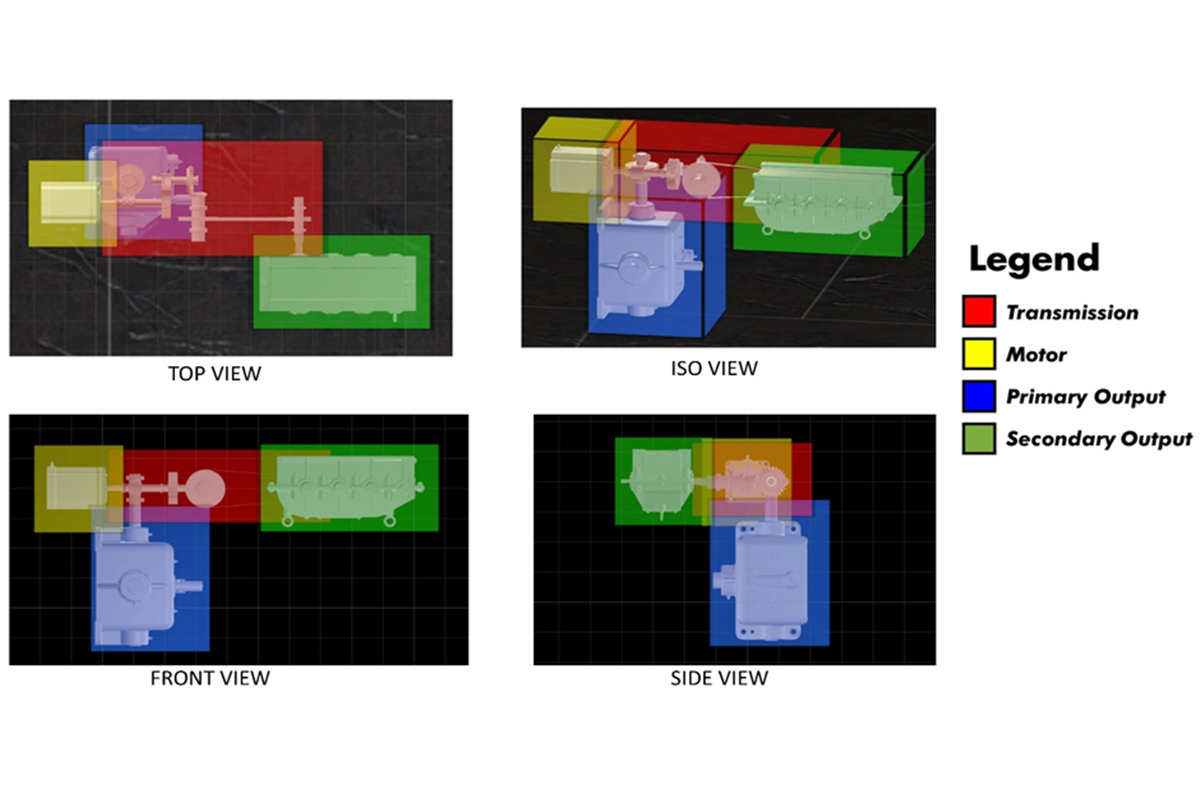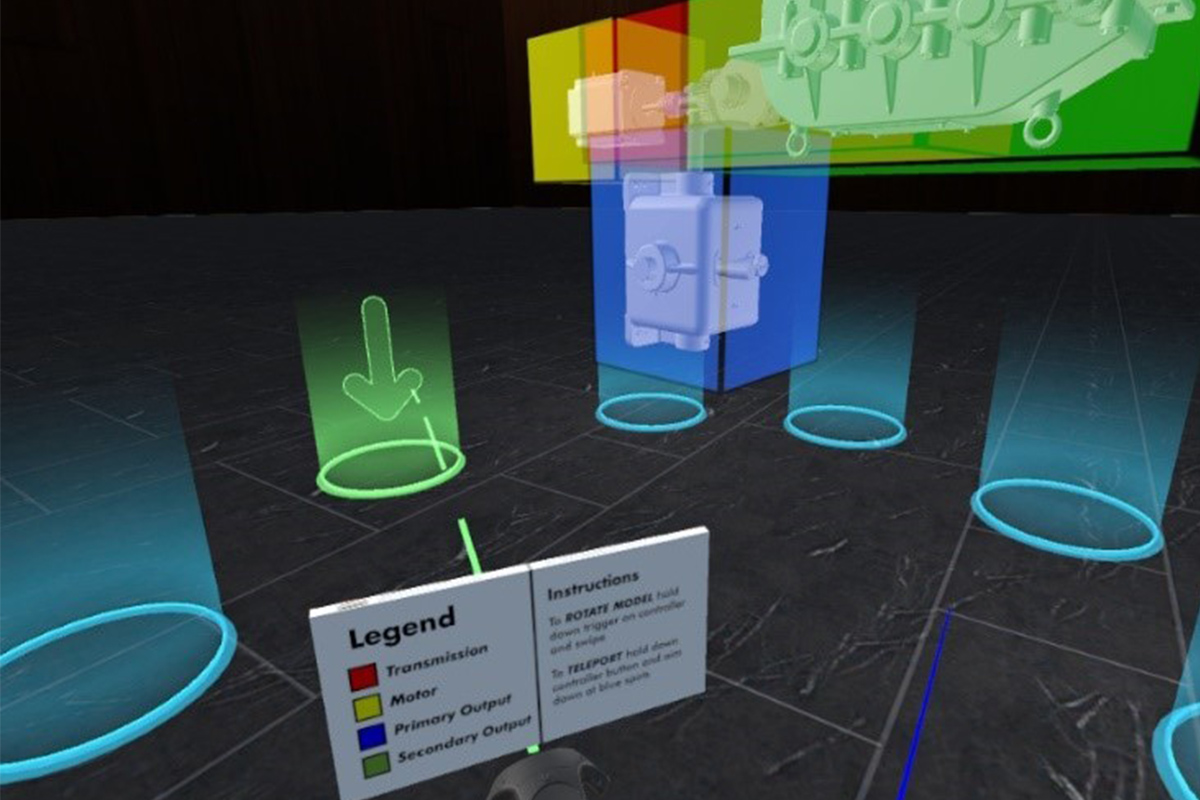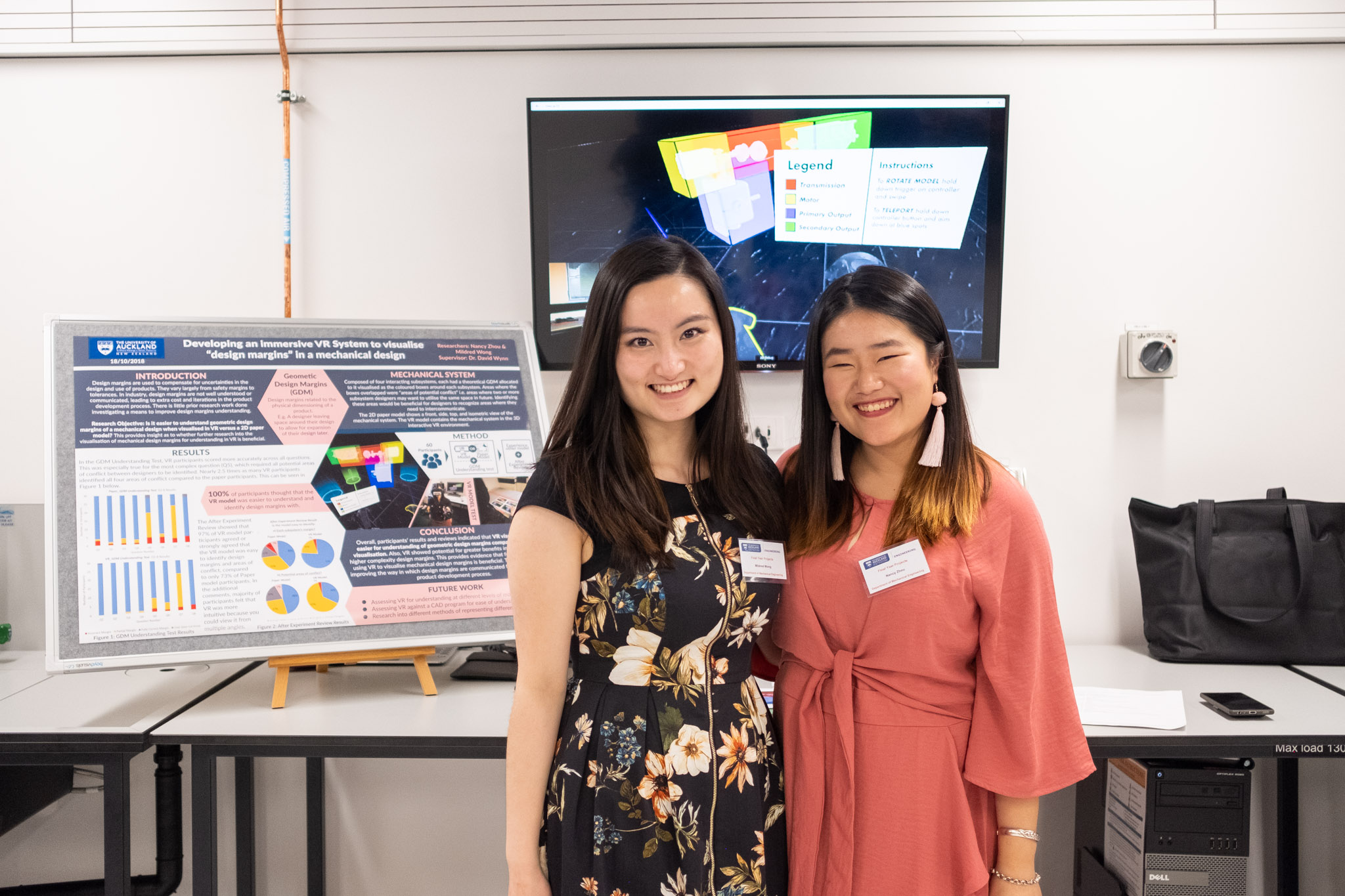HERA is proud to continue our support in fostering student education. Once again stepping up to support this year’s University of Auckland Final Year Projects for Mechanical Engineering.
We’re able to do this through our charitable trust HERA Foundation which is focused on the promotion of study and understanding of ferrous and non-ferrous metals in engineering.
With around 180 students and 90 projects on display – our prize was specifically offered for projects involving metals. With our General Manager Welding Center Michail Karpenko forming part of the judging team to review prospective projects. This year awarding students Nancy Zhou and Mildred Wong with our ‘Best Metals Project’ for our sponsored category.
Their mechanical engineering final year project was centred around developing an immersive Virtual Reality (VR) system to visualise “design margins” in a mechanical design. With a specific research objective to investigate if it’s easier to understand geometric design margins when visualised in VR versus a 2D paper model.
This focus was selected because design margins aren’t well understood due to the different interpretations of what they are and why they’re applied. Often resulting in them not being communicated clearly between design team members. The upside being that if design margins can be clearly and consistently explained – it has a potential to increase design process efficiency and reduce undesired design iterations.
Nancy and Mildred saying, “We conducted an experiment with 60 voluntary University of Auckland engineering students who were randomly assigned to either the 2D paper model test group or the VR model test group.”
“The speed and accuracy of the participants were used to quantify the participant’s performance, and individuals were also encouraged to provide qualitative feedback.”
“Our results showed there was only a small difference in the accuracy and average response time for most questions between each model. But that significantly, more participants answered the most challenging question correctly when using VR,” they said.
Overall, their project showed that the VR model provided an easier way to understand geometric design margins. With potential for further research into the visualisation of mechanical design margins in VR to create clearer communication mechanisms for design margins in the future.



